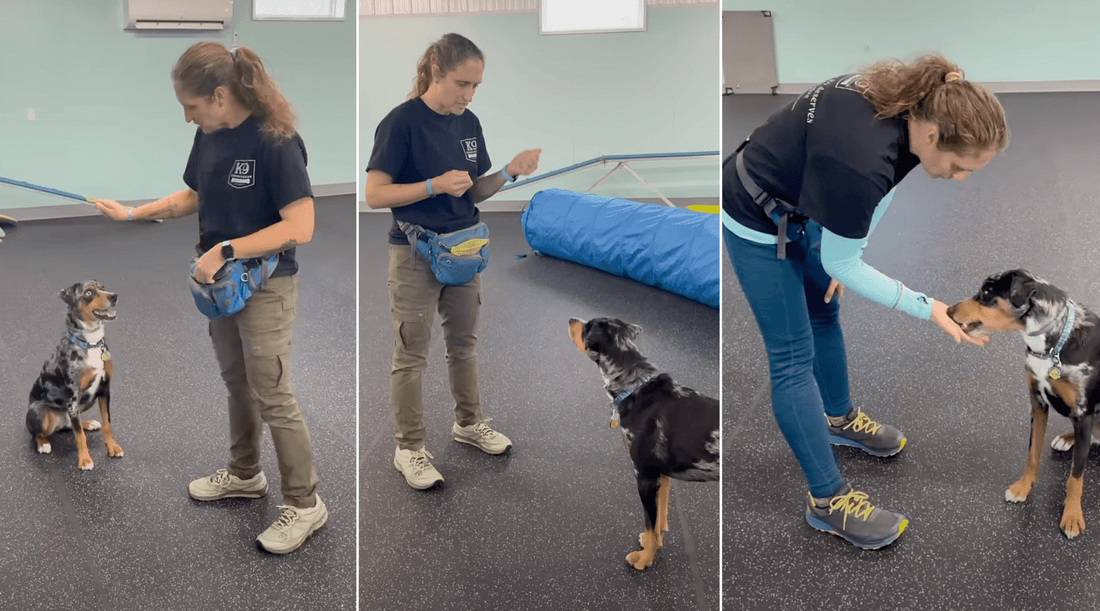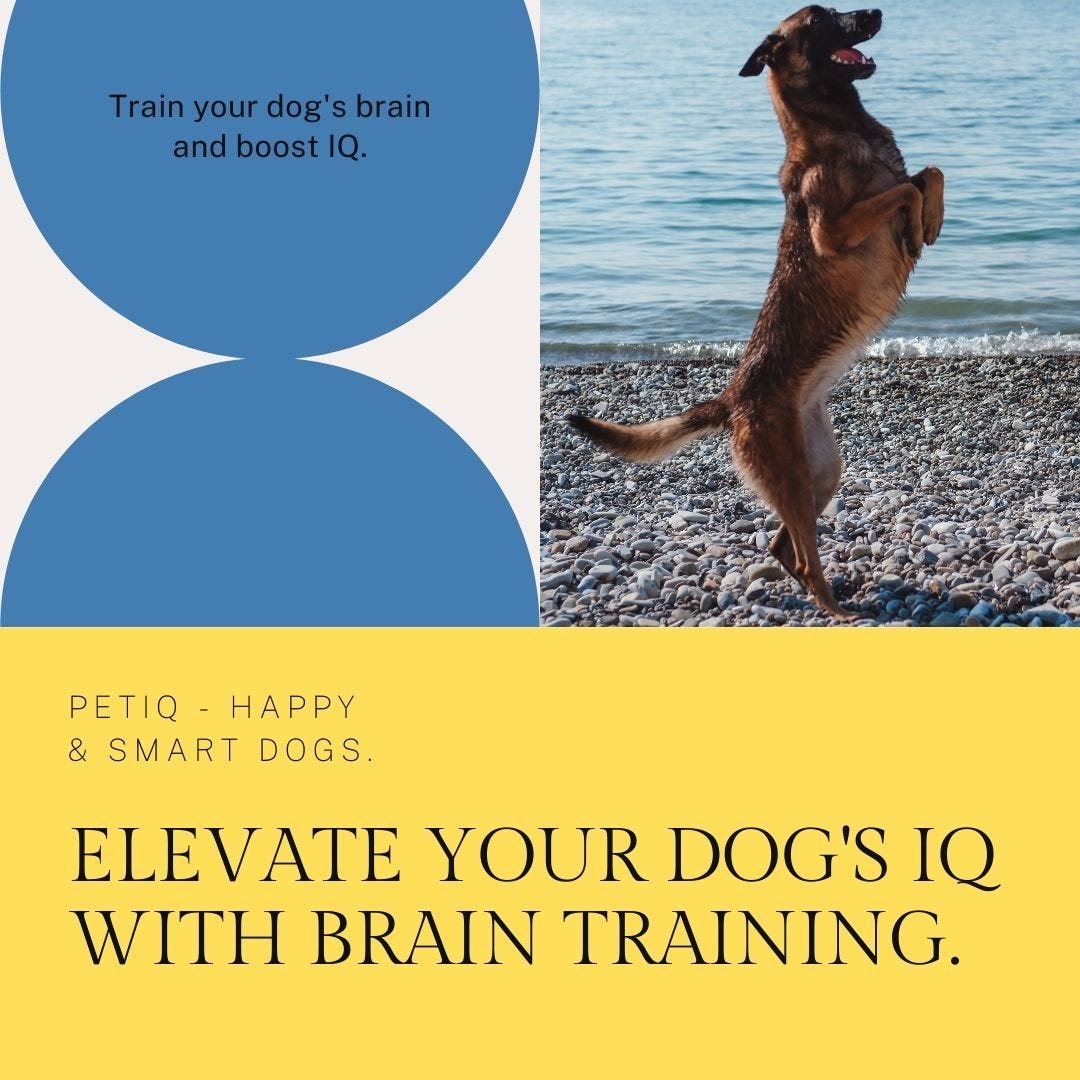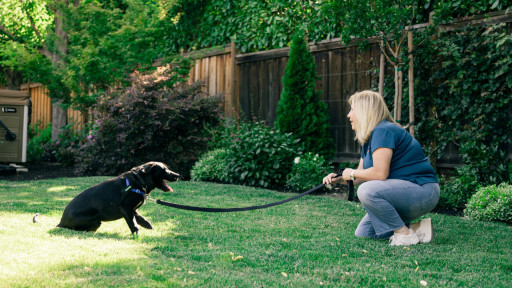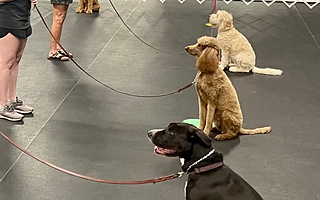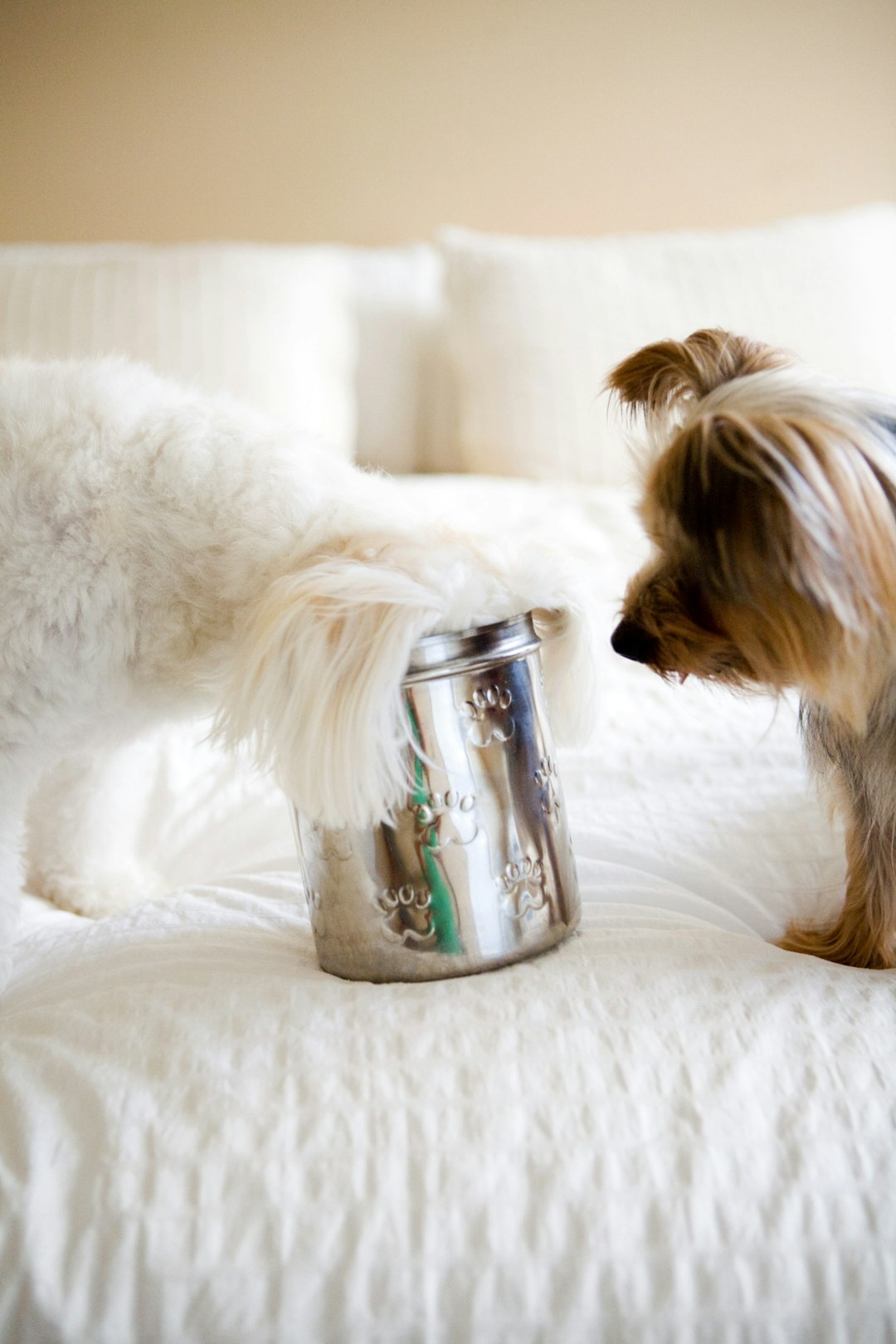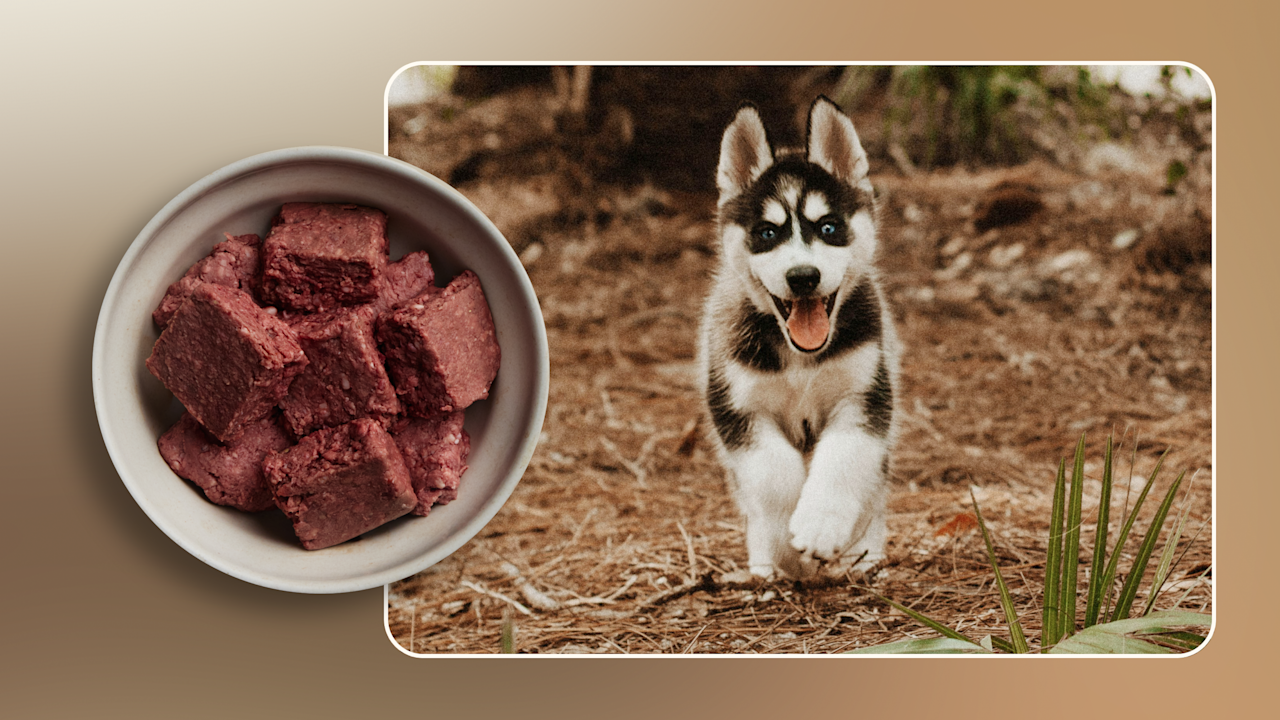Have you ever wondered if your dog has a favorite type of food? You might notice them sniffing one bowl more eagerly or turning their nose away from another.
Understanding what your furry friend truly prefers can make mealtime more enjoyable for both of you. You’ll discover surprising facts about how dogs choose their food and learn simple tips to find the perfect match for your pet’s taste and health.
Keep reading to unlock the secret to happier, healthier meals for your loyal companion.

Credit: www.facebook.com
Dog Taste Preferences
Understanding your dog’s taste preferences can make mealtime more enjoyable for both of you. Dogs have unique palates influenced by their biology and experiences. Knowing what drives their food choices helps you pick options that truly satisfy them.
Natural Instincts
Dogs inherit taste preferences from their wild ancestors. They tend to favor protein-rich foods, as meat was a primary part of their diet in the wild. This instinct explains why many dogs show a strong preference for meat-based treats or meals.
Your dog might sniff and nibble at veggies but often comes back to chunks of chicken or beef. This behavior isn’t just about taste—it’s about nutrition their bodies crave. Have you noticed your dog ignoring kibble but eagerly eating a piece of cooked meat? That’s their natural instincts guiding them.
Flavor Attraction
Beyond instinct, dogs are drawn to certain flavors and textures. Savory and meaty tastes often top their list, but some dogs also enjoy hints of sweetness from fruits like apples or carrots. The combination of flavor and aroma plays a big role in their food preference.
Dogs have fewer taste buds than humans, but their sense of smell is much stronger. This means aroma often influences their choices more than flavor alone. You can test this by offering the same food cold and warmed up—warm food usually smells stronger and gets a better reception.
Does your dog prefer crunchy kibble or soft canned food? Texture can be just as important as flavor. Try varying textures to see what excites your dog’s appetite and keeps mealtime interesting.
Nutritional Needs
Dogs need the right food to stay healthy and active. Their nutritional needs vary by age, size, and health. Choosing the right diet helps them live longer and feel better. Understanding these needs can guide you to pick the best food for your dog.
Balanced Diet
A balanced diet means giving dogs the right mix of proteins, fats, and carbohydrates. Proteins help build muscles and repair tissues. Fats provide energy and support brain health. Carbohydrates supply fuel for daily activities.
Vitamins and minerals also play a key role. They support the immune system and help with growth. Feeding a balanced diet keeps dogs energetic and strong.
Essential Nutrients
Dogs need several essential nutrients to stay healthy. These include:
- Proteins:Found in meat, eggs, and dairy. Vital for muscle health.
- Fats:Sources include fish oil and animal fats. Important for energy and skin health.
- Carbohydrates:Found in grains and vegetables. Provide quick energy.
- Vitamins:Such as A, D, E, and B-complex. Help with vision, bone health, and metabolism.
- Minerals:Like calcium and phosphorus. Support bone strength and nerve function.
- Water:Essential for hydration and body functions.
Meeting these nutrient needs ensures dogs stay healthy and happy.
Breed Differences
Dogs come in all shapes and sizes, and their food preferences often reflect these breed differences. Understanding these variations can help you choose the right diet that matches your dog’s unique needs. Let’s take a closer look at how breed impacts what your dog might prefer to eat.
Size And Activity Levels
Small breeds like Chihuahuas often need calorie-dense food because they burn energy quickly despite their tiny size. Larger breeds such as Great Danes usually require food that supports joint health and slower metabolism.
Your dog’s activity level also plays a major role. Active breeds like Border Collies thrive on high-protein diets to fuel their energy. On the other hand, less active breeds may prefer foods lower in calories to avoid weight gain.
Have you noticed your energetic pup demanding more food after a long walk? Their breed’s activity level might be driving that appetite.
Genetic Factors
Genetics influence how your dog digests and reacts to certain foods. Some breeds, like Bulldogs, are prone to food allergies or sensitivities, making limited-ingredient diets a better choice.
Other breeds may inherit specific nutrient requirements. For example, Huskies have a unique metabolism that often favors higher fat intake compared to other breeds.
Pay attention to your dog’s breed traits and how they handle different foods. Tailoring their diet to genetic needs can improve digestion and overall health.
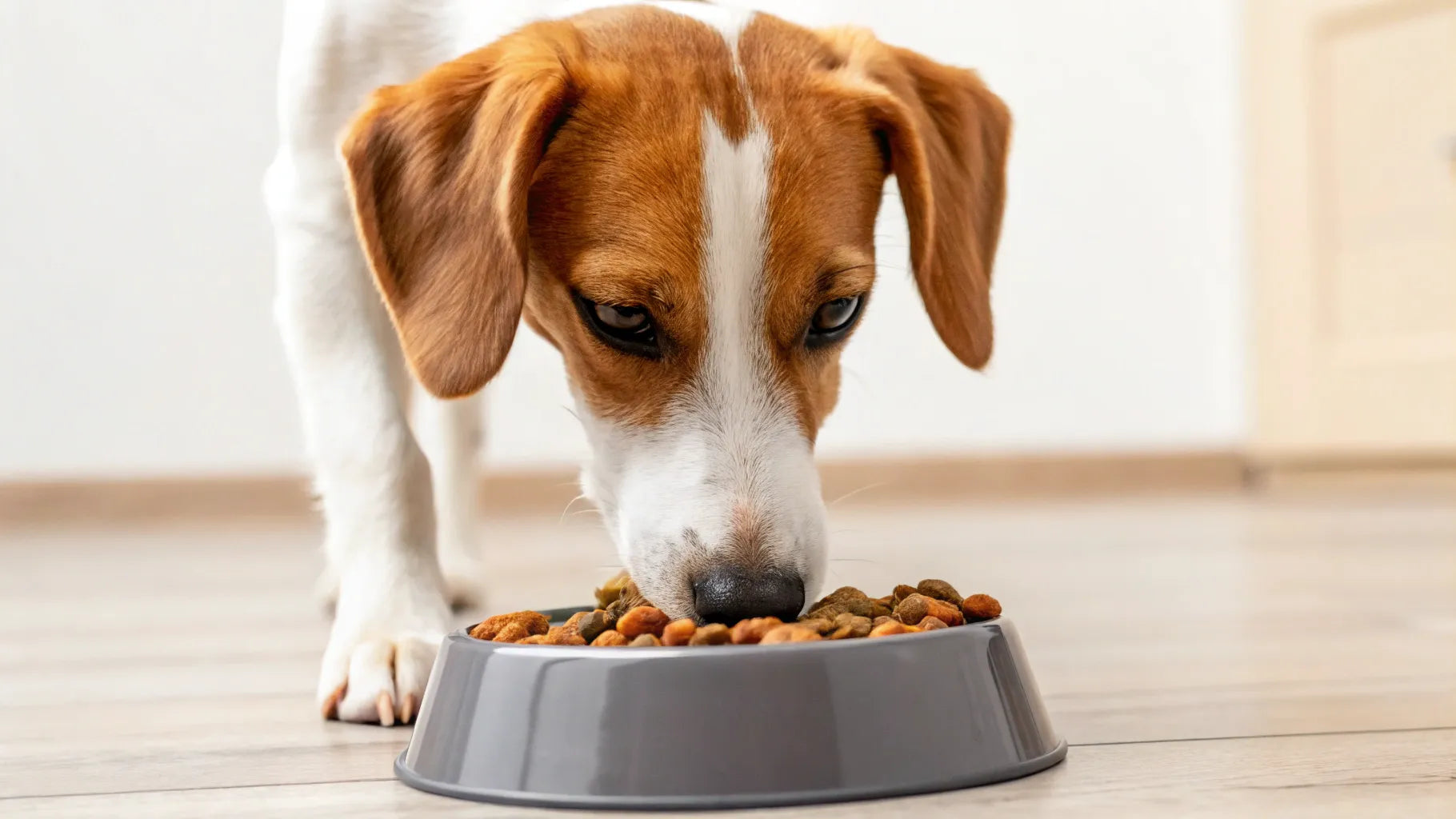
Credit: www.houndsy.com
Age And Health Factors
Dogs’ food preferences often change based on their age and health. These factors play a big role in what type of food suits them best. Puppies and adult dogs need different nutrition. Health conditions can also affect their diet choices.
Puppies Vs Adult Dogs
Puppies need more calories and nutrients to grow strong. Their food should be rich in protein and fat. This supports their energy and development. Adult dogs require a balanced diet to maintain health. Their meals often have fewer calories to prevent weight gain. Texture and flavor preferences may differ too. Puppies might like softer food, while adults may prefer firmer kibble.
Special Dietary Needs
Some dogs have health issues that affect their diet. Allergies, kidney problems, or obesity need special food. These diets help manage symptoms and improve comfort. Veterinarians often recommend prescription foods for these dogs. Ingredients are chosen to support healing and reduce risks. Dogs with sensitive stomachs might prefer bland, easy-to-digest meals. Food choice matters for long-term health and happiness.
Food Texture And Consistency
Food texture and consistency play a big role in your dog’s eating habits. Dogs don’t just eat to satisfy hunger—they also respond to how food feels in their mouths. Recognizing your dog’s texture preferences can help you choose the right meals, making mealtime more enjoyable and even encouraging picky eaters to finish their bowls.
Dry Vs Wet Food
Dry food, or kibble, offers a crunchy texture that many dogs find satisfying. It also helps keep their teeth clean by reducing plaque buildup. However, some dogs may find dry food hard to chew, especially older dogs or those with dental issues.
Wet food has a softer, moister consistency that can be easier to eat. It often smells stronger and can be more appealing to dogs who are picky or have reduced appetite. If your dog seems uninterested in dry food, offering wet food might spark their interest and provide additional hydration.
Have you noticed your dog eagerly crunching on kibble but ignoring their canned food? Or maybe the opposite? Paying attention to these reactions can reveal their texture preferences.
Crunchy Vs Soft
Crunchy foods provide a satisfying bite and can keep your dog engaged while eating. They also encourage chewing, which is good for jaw strength and dental health. On the other hand, soft foods are gentler on the mouth and easier to swallow.
Some dogs prefer soft foods due to age, dental problems, or simply because they enjoy the texture more. Others might get bored with soft food and crave the crunch that stimulates their senses.
If you’re unsure what your dog prefers, try mixing textures—like adding a bit of wet food on top of dry kibble. This mix can help you discover what excites their palate and keeps mealtime interesting. What texture does your dog seem to enjoy most? Experiment and watch their reaction closely.
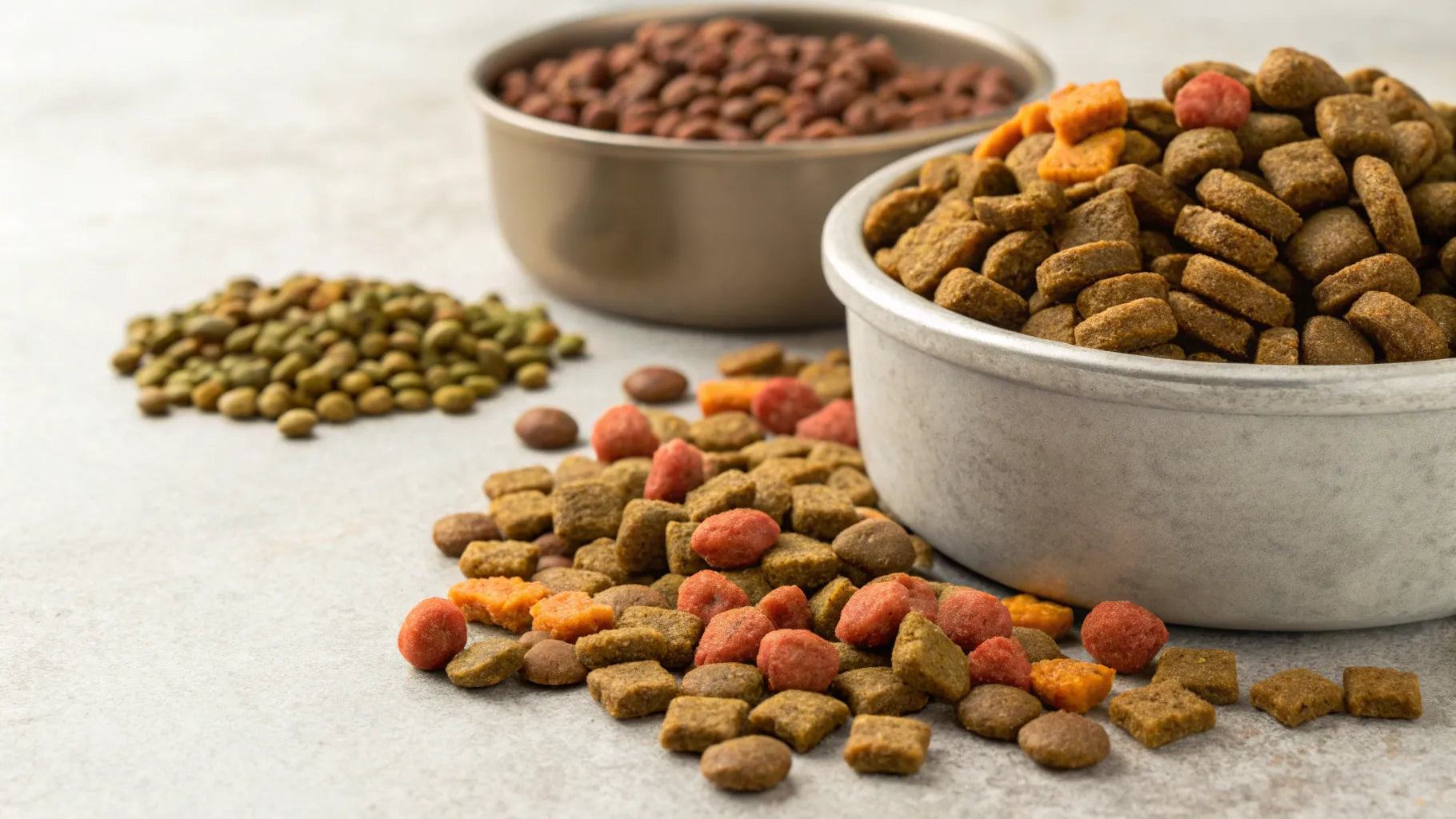
Credit: www.houndsy.com
Influence Of Smell
The sense of smell plays a huge role in how dogs choose their food. Unlike humans, dogs rely heavily on scent to decide whether something is appealing or not. Understanding how smell influences their preferences can help you pick the best food to satisfy your furry friend.
Aroma Appeal
Dogs are drawn to strong, enticing aromas. The smell of meat, especially chicken, beef, or fish, often excites their appetite more than bland or overly processed scents. If you’ve noticed your dog eagerly sniffing before eating, it’s because their nose is checking if the food smells fresh and tasty.
Think about the last time you opened a can of dog food. Was your dog immediately interested? That’s the aroma working its magic. You can boost your dog’s interest by warming up their food slightly—this releases more scent and makes it more appealing.
Scent Sensitivity
Dogs have an extraordinary sense of smell—up to 40 times better than humans. This sensitivity means even subtle differences in food scents matter. If your dog suddenly refuses a brand they used to love, it might be due to a change in the formula’s smell.
Some dogs are more sensitive than others. You might see picky eaters turn away from foods with strong artificial flavors or preservatives because their noses can detect these off-putting smells.
- Try mixing new food with the old to ease the transition.
- Observe if your dog reacts negatively to certain scents.
- Consider foods with natural, fresh ingredients to avoid overwhelming their sensitive noses.
Have you ever noticed your dog sniffing around their bowl before eating? Pay attention to their reaction to different aromas—you might discover what truly excites their appetite.
Human Influence
Human influence plays a significant role in shaping your dog’s food preferences. The choices you make about what to feed your dog affect not only their taste buds but also their health and behavior. Understanding this connection can help you make smarter decisions about your pet’s diet.
Feeding Habits
Your dog’s feeding habits often mirror the routines you set. If you consistently offer a certain type of food, they are more likely to develop a preference for it. But changing their diet abruptly can lead to refusal or digestive issues.
Think about how you introduce new foods. Offering small portions of new ingredients alongside familiar ones helps your dog adjust. Have you noticed your dog showing excitement when you bring out a specific brand or flavor? That’s a sign their habits are influenced by what you regularly provide.
Food Trends
Human food trends often spill over into pet food choices. You might have seen the rise of grain-free, organic, or raw diets for dogs because these trends appeal to your own health values. But just because a trend is popular doesn’t mean it suits every dog.
It’s easy to get caught up in marketing or recommendations from friends, but your dog’s needs come first. Ask yourself if the trendy food aligns with your dog’s age, breed, and health condition. Have you ever switched foods because it was “the latest thing” and then regretted it? That experience can teach you to focus on what truly benefits your dog.
Experimentation With Choices
Experimentation with your dog’s food choices is essential to find what truly satisfies their palate and meets their nutritional needs. Dogs, like people, have unique preferences that can change over time. Testing different options helps you understand their likes and dislikes, making mealtime more enjoyable for both of you.
Trial And Error
Try offering your dog a variety of foods, including different flavors, textures, and brands. Notice how they respond to wet food versus dry kibble or chicken versus beef. Sometimes, a dog might reject a new food initially but accept it after a few tries.
Keep portions small during trials to avoid waste and upset stomachs. If you spot a clear favorite, you’ve made progress. But if your dog turns away from everything, consider mixing new foods with their current favorite to ease the transition.
Observing Preferences
Watch for subtle clues that reveal your dog’s preferences. Does your dog eagerly approach the bowl or walk away? Do they lick the bowl clean or leave leftovers? These signs tell you a lot more than just whether they eat or not.
Some dogs prefer crunchy textures, while others lean towards soft, savory meals. Your dog’s energy levels and mood after eating certain foods can also guide your choices. Have you noticed your dog acting more energetic or happier after specific meals?
Frequently Asked Questions
Do Dogs Prefer Wet Or Dry Food More?
Dogs may prefer wet food for its aroma and texture. However, many enjoy dry food for crunchiness. Preference varies by breed, age, and health.
How Does Breed Affect Dog Food Preference?
Breed influences taste and texture preferences. Larger breeds may favor dry kibble, while smaller breeds prefer softer, wet food. Nutritional needs also differ by breed.
Can Dogs Develop A Taste For Specific Flavors?
Yes, dogs can develop flavor preferences based on experience. Repeated exposure to certain proteins or tastes builds their liking over time.
Does Age Impact A Dog’s Food Choice?
Older dogs often prefer softer foods due to dental issues. Puppies may prefer richer flavors and more palatable textures to support growth.
Conclusion
Dogs may show preferences for certain foods based on taste and texture. Each dog is unique and may like different types of food. Pay attention to your dog’s reactions and adjust their diet accordingly. Healthy, balanced meals keep dogs happy and active.
Remember, variety can also help prevent boredom with meals. Always choose quality food to support your dog’s well-being. Watch your dog closely to find what suits them best. Feeding time should be enjoyable for both you and your pet.

